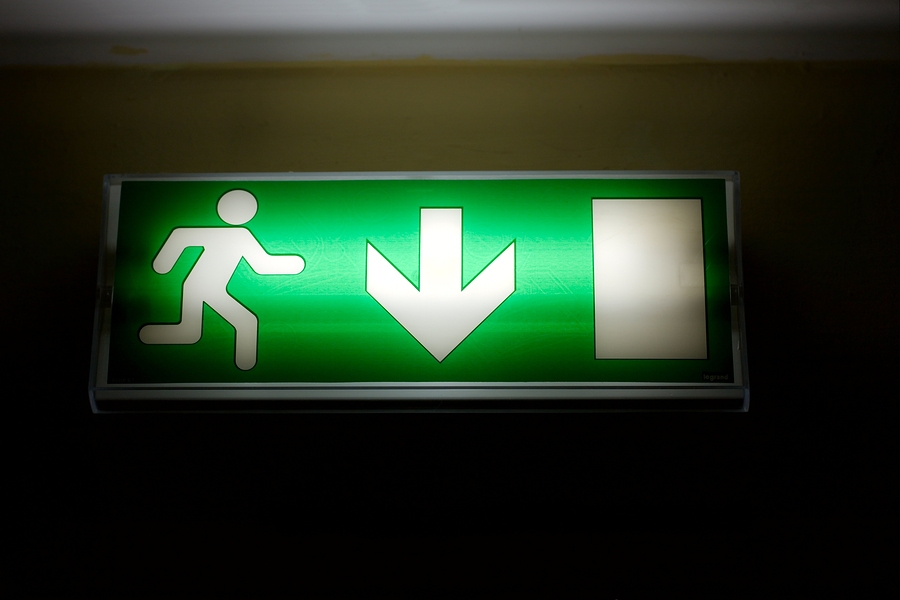Improving Your Safety with Emergency Lighting
In commercial buildings, such as hotels, offices, student halls of residence and hospitals, emergency lighting should be put in place to ensure that during an emergency, occupants can find their way out of the premises via the nearest exit.
These lighting systems will illuminate a safe exit route from the building to a sufficient level during events such as an office fire or a power outage and will be reliant on battery power.
Depending on the size of the premises or choice of emergency lighting system, the battery will either be located as a single unit (known as a static inverter emergency lighting system) which powers the whole building, or via individual batteries. The individual batteries will be found in each emergency lighting strip or sign and are often referred to as ‘single point emergency lighting’.

Carrying out regular checks
In the modern world, health and safety regulations are arguably stricter than ever before.
So in order to keep your building maintained and to adhere to the required regulations, it’s advised to carry out frequent checks on your emergency lighting systems.
It’s likely that thorough checks will need to be carried out by a qualified professional, but it’s still worth keeping an eye out to observe if any obvious faults are present. Remember that ultimately, it’s people’s safety that you’re looking out for should a situation occur that requires the emergency lighting to work properly.
One way to determine if everything is in working order is to see if single lighting units or the whole premises are not operating as well as they should be.
This quick observation can be as simple as walking around the building and looking to see that all lights and signs aren’t flickering and are lit up correctly.
Need a new battery?
If at any stage you notice that your emergency lighting is not operating properly then it may be time for a new battery.
In this scenario, you’ll need to speak to a professional battery supplier to ensure that all areas of the premises comply with BS EN standards and have been sized to meet these requirements.
The battery type you require will depend on the system implemented and can be a valve regulated lead acid (VRLA) design, nickel cadmium (NICD) or Nickel Metal Hydride (NiMh) chemistry type – all are ideal for long duration back up power.
For more information, please visit our emergency lighting batteries page to view our full range of reliable products from top brands.
Alternatively, please contact Blue Box Batteries today to ask for professional assistance - we’ll be more than happy to help you find the battery you need.
Emergency lighting image from Bigstock.